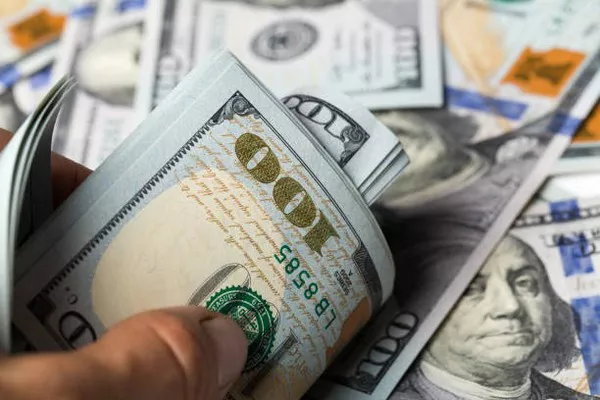In the realm of U.S. currency, the $2 bill stands out as a unique and often underappreciated denomination. While it may not be as commonly circulated as other bills, the $2 bill has captured the curiosity of collectors and enthusiasts alike. In this article, we delve into the history, rarity, and market value of the $2 bill, exploring just how much this distinctive piece of currency might be worth.
Historical Significance:
The $2 bill has a rich history dating back to its introduction in 1862 during the Civil War. Initially, it was issued as a legal tender note, intended to fill the gap between the $1 and $5 denominations. Despite facing sporadic periods of discontinuation and limited circulation, the $2 bill has endured, becoming a symbol of American monetary diversity.
Over the years, the design of the $2 bill has evolved, featuring iconic figures such as Thomas Jefferson, the principal author of the Declaration of Independence. The bill’s reverse side often showcases a depiction of the signing of the Declaration, reinforcing its historical significance.
Current Circulation:
Contrary to popular belief, the $2 bill is still in circulation today, although it may not be as prevalent as other denominations. The Bureau of Engraving and Printing continues to produce these bills, albeit in smaller quantities. Many individuals have never encountered a $2 bill in their daily transactions, leading to misconceptions about its scarcity.
Rarity and Collectibility:
The perceived rarity of the $2 bill has contributed to its popularity among collectors. While it is true that $2 bills are not as commonly seen in circulation, they are by no means rare in terms of production. In fact, the Bureau of Engraving and Printing prints millions of $2 bills each year.
Despite their regular production, $2 bills often find their way into collections due to the misconception that they are valuable. Collectors are drawn to the unique nature of the bill, as well as the historical significance associated with its design.
Market Value:
Determining the market value of a $2 bill can be a complex task, as it depends on various factors such as the bill’s condition, age, and rarity. In general, $2 bills in crisp, uncirculated condition are more desirable to collectors and tend to command higher prices.
Older $2 bills, particularly those from the 1928 and 1953 series, are often considered more valuable. Bills from these series may feature unique nuances in design and printing that contribute to their appeal among collectors. Additionally, bills with low serial numbers or those from specific Federal Reserve districts can also carry a premium in the collector’s market.
Condition Grading:
The condition of a $2 bill plays a crucial role in determining its value. Collectors and dealers often use a grading scale ranging from “Uncirculated” to “Poor” to assess a bill’s condition. An Uncirculated bill is in pristine, untouched condition, while a Poor bill may be heavily worn, torn, or damaged.
For collectors seeking to maximize the value of their $2 bills, preserving them in optimal condition is essential. Storing bills in protective holders and avoiding excessive handling can help maintain their crispness and overall appearance.
Common Misconceptions:
Several misconceptions surround the $2 bill and its value. One common belief is that the bill is no longer in production, leading some to believe that it is scarce. As mentioned earlier, the $2 bill is still being printed, albeit in smaller quantities compared to other denominations.
Another misconception is that all $2 bills are inherently valuable. While certain $2 bills, especially those in excellent condition or from specific series, can command higher prices, the vast majority of $2 bills in circulation are worth their face value.
Face Value vs. Collector Value:
It’s essential for individuals to distinguish between the face value and collector value of a $2 bill. In everyday transactions, a $2 bill is worth exactly that – $2. However, for collectors and enthusiasts, the value can vary significantly based on factors like rarity, condition, and demand within the collector’s market.
See Also Does Mexico Take Us Dollars? Revealed!
Conclusion:
The $2 bill, with its rich history and unique design, continues to capture the fascination of collectors and enthusiasts alike. While the majority of $2 bills in circulation are worth their face value, certain factors, such as age, condition, and rarity, can contribute to their collector value.
As with any collectible item, the market for $2 bills is influenced by supply and demand dynamics. Collectors should approach their hobby with a blend of passion and informed decision-making, understanding that the value of their $2 bills may extend beyond their face value in the right circumstances. Whether held for sentimental reasons or as a potential investment, the $2 bill remains a fascinating and distinctive piece of American currency.


